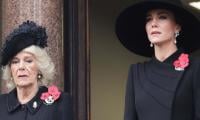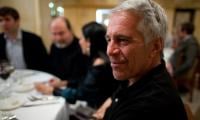ISLAMABAD: Consumers could see a reduction in electricity base tariffs in fiscal year 2025-26, as the National Electric Power Regulatory Authority (Nepra) considers a proposal from the Central Power Purchasing Agency Guarantee Limited (CPPA-G), which projects a drop in the power purchase price (PPP) to as low as Rs24.75 per unit in FY26 -- down from the current Rs27 per unit.
The PPP is a key component of the base tariff decision. This cut is to support domestic, industrial, and commercial consumers. Notably, last year in June, the Nepra had increased the PPP for the outgoing fiscal FY25 to Rs27/unit from Rs22.95 per unit in FY24.
The Nepra has accepted the petition and decided to hold a public hearing on May 15 to assess CPPA-G’s projected PPP under seven distinct scenarios.
The hearing aims to determine a just and informed consumer-end tariff for electricity distribution companies (Discos) for the next fiscal year.
Despite the projected drop in average unit cost, capacity charges -- fixed payments to power producers regardless of actual generation -- remain a major burden, with CPPA-G estimating payments ranging between Rs2.06 trillion and Rs2.16 trillion (or Rs16.04 to Rs16.45/unit) across all scenarios.
These charges make up over 60 per cent of the total PPP in most cases, highlighting the ongoing challenge of capacity-related financial commitments. The energy charges are to be in the range of Rs8.16 to 9.19/unit for next fiscal. For the current outgoing fiscal, the energy charges are Rs9.69 per unit.
The CPPA-G’s forecasts hinge on varying macroeconomic and energy sector assumptions, including demand growth between 3 per cent and 5 per cent, an exchange rate pegged between Rs280 and Rs300 per USD, hydrology conditions, and inflationary trends.
Notably, last year in June, the base-tariff was increased by up to Rs5.7/unit for the current outgoing fiscal, increasing the average tariff from Rs29.78 per to Rs35.5 per unit.















